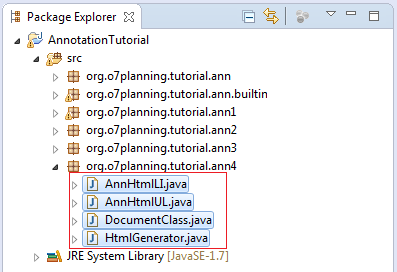

They are used for a variety of purposes, including: Java annotations were first introduced in JDK 5.0 and have since become an integral part of the Java language.Īs stated, an annotation is a way to provide metadata about a Java element. Annotations are a powerful feature of the Java language that can make your code more readable and easier to maintain. Annotations do not modify the structure of your program or its behavior rather, they allow you to easily add contextual information about an element in source code.Īnnotation is a form of metadata that gives supplementary information about elements in source code. Read: Tips to Improve Performance in Java What is a Java Annotation?Īnnotations can be used to add metadata to your code, and typically appear before a method or variable definition.
#Java annotations best practices how to#
In today’s Java programming tutorial, we will look at how to use the different types of annotations in Java, alongside providing some coding examples to make the learning process easier. In other words, annotations offer a way to give metadata information about a certain program construct, like classes, methods, variables, and so forth. In Java, annotations are metadata that are applied to classes, interfaces, methods, or fields in order to provide additional information about the program to the compiler.


 0 kommentar(er)
0 kommentar(er)
